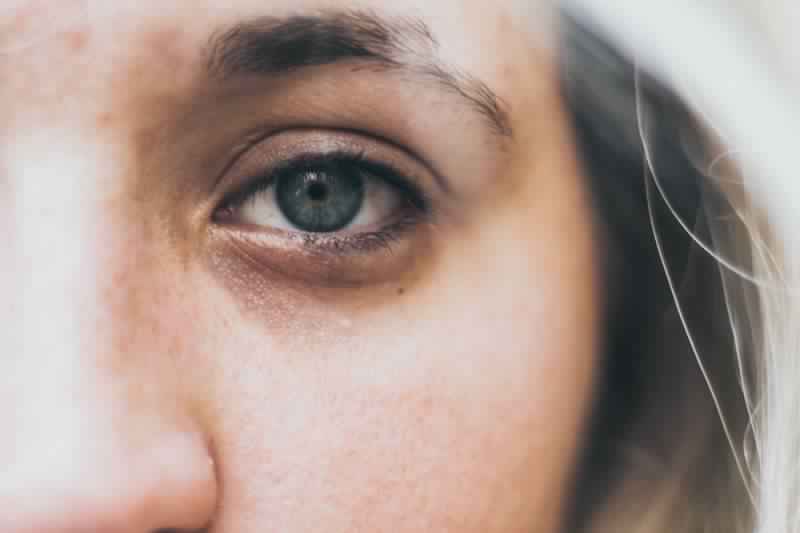
Getting Rid of Eye Bags and Fat Pads Through Blepharoplasty
13-08-2018 | Posted By: Admin | 1887 View(s)
You may notice that fat pads have developed in one or both of your lower eyelids, which can make your eyes appear droopy and can make you look tired on a constant basis. These fat pads usually occur as you grow older but can be removed through the usage of a treatment known as a lower blepharoplasty. This is a form of plastic surgery that is designed to minimize the effects of aging and improve the overall appearance of your eyebrows.
When you are considering this type of treatment, you should first be aware of the details pertaining to a lower blepharoplasty procedure.
How a Lower Blepharoplasty Assists With Fat Pad Removal
A lower blepharoplasty is primarily designed to correct issues with the development of fatty deposits within the lower eyelids. These fatty deposits will appear as puffiness in the eyelids and can substantially alter your appearance. This type of surgery is also one of the only methods available for removing the fat pad, which is why it’s something that you’ll want to consider if you don’t like how this pad appears on your face. Although this is a form of surgery, the surgical procedure is relatively safe and comes with very little risks.
What Does a Lower Blepharoplasty Procedure Entail?
There are three primary steps involved with a blepharoplasty, including the administration of anaesthesia, the placement of the necessary incisions, and the closing of any incisions that have been made. The anaesthesia that you are provided with before the onset of the surgery is usually general anaesthesia, which is a type of anaesthesia that will allow you to lose consciousness during the surgery so that you don’t feel any of the pain. The surgeon that you choose will be able to tell you about any of the risks that come with a lower blepharoplasty.
A small incision will then be made along the upper portion of the lower eyelid. These incisions are made in this specific area of the eyelid due to the fact that the scars from the incisions can be easily concealed once they are closed up. Once the incision has been made, the excess fat in this area will either be repositioned or removed entirely. It’s important that you talk with your surgeon about what the best course of action is in regards to removing or repositioning the fat pad before you schedule the surgery.
In most cases, it’s recommended that you have the fat pad removed entirely so that your eyelid can appear normal once more. Although the main incision is typically placed along the lower lash line, the incision could also be placed along the inner portion of the lower eyelid, which is a great way to have the fat pad removed without needing to trim away any excess skin in the area. Once the fat has been removed or repositioned, the incisions will be closed with either skin glue or sutures. The sutures will typically be able to be removed in anywhere from 5-7 days. There are times when a lower blepharoplasty is combined with the usage of a small chemical peel along the lower eyelid in order to remove any discolouration that exists following the removal of the fat pad. While this extra procedure isn’t completely necessary, it may be able to help you improve your appearance further.
Complications Attributed to Lower Blepharoplasty Procedure
As with any type of facial surgery, a lower blepharoplasty surgery will change your appearance in a substantial way, which is why it’s important that you weigh the pros and cons of seeking such a surgery before scheduling one. There are a large number of potential complications that can occur with a blepharoplasty procedure although most are rare in occurrence. Bruising and swelling around the lower eyelid are common side effects of this type of surgery. These side effects should dissipate over the course of a week or two following the completion of the surgery, which is why you should contact your surgeon in the event that they persist.
You may also experience a small amount of bleeding right around the incisions as well as an infection. Your eyes may be dryer than they normally are following the surgery and you might have difficulties with closing your eyes properly. There’s a small chance that you could suffer from a temporary or permanent alteration of your vision and an even smaller chance that you could become blind because of the surgery. Although these risks exist, it’s important to understand that the chances of them occurring are rare. Your surgeon will be able to answer any additional questions that you have about the potential risks of a lower blepharoplasty.
How to Recover From a Lower Blepharoplasty
The recovery process for a lower blepharoplasty is one that requires some extra care in order to ensure that your eyelid recovers properly. Bandages may be applied to the area directly following the treatment. It’s also possible that you will be told to apply some cold compresses or ointment to the surgical area in the week or two after the treatment has ended. Your surgeon will likely provide you with a list of things that you should do to facilitate the healing of the eyelid as well as what you should avoid that could hurt the recovery process.
Bruising, swelling and a general irritation are common side effects that you will experience as your eyelid heals. Make sure that you wear dark sunglasses when going outside in order to avoid potential damage by the sun. Wait around a week or two before you consider going back to work and resuming your normal daily activities.
Dr Andrew S. Frankel is a board certified plastic surgeon that has a special focus on blepharoplasty procedures as well as additional types of facial plastic surgeries. He performs lectures internationally and also works as an associate professor at the University of Southern California in Los Angeles, USA.



